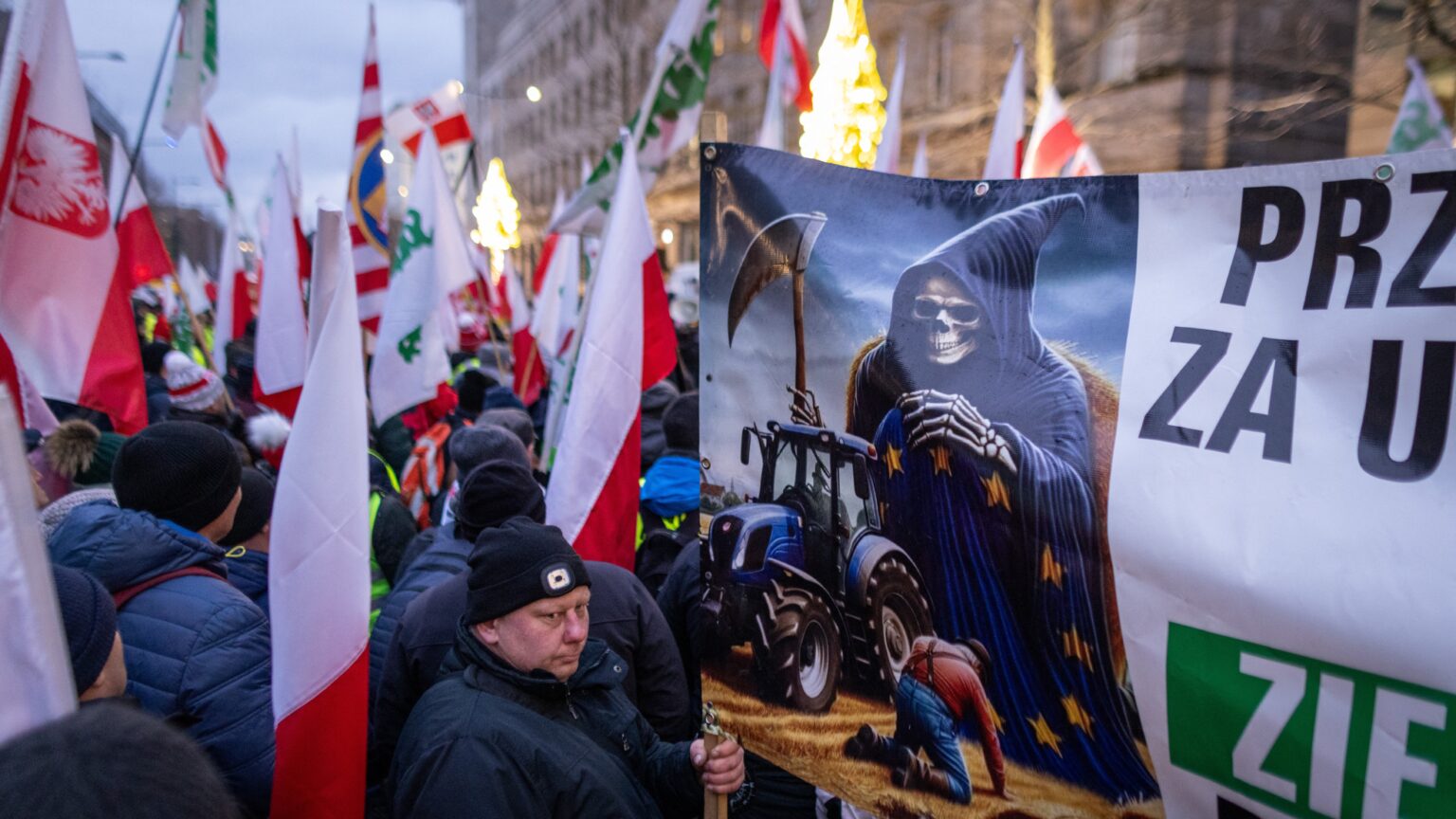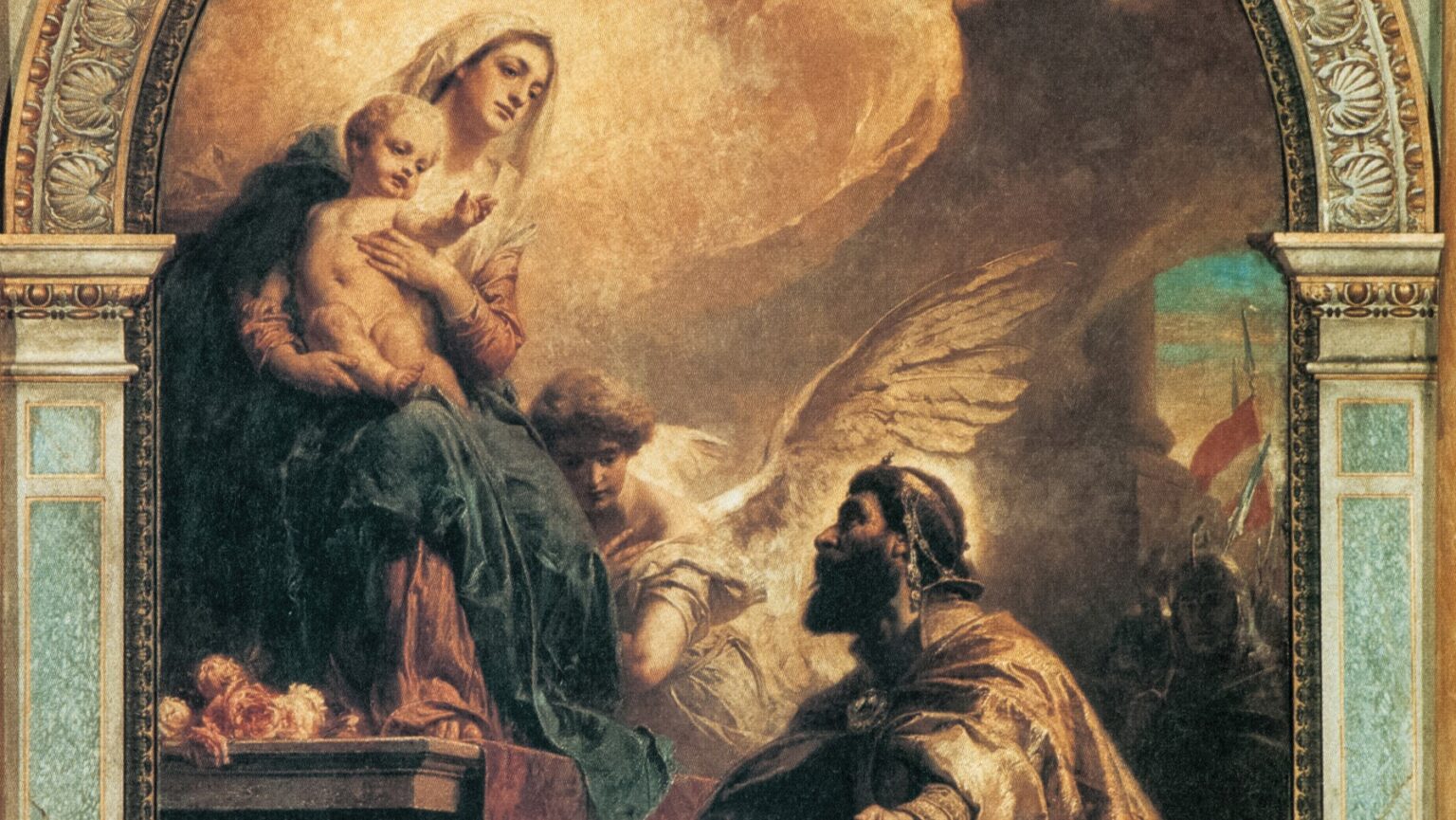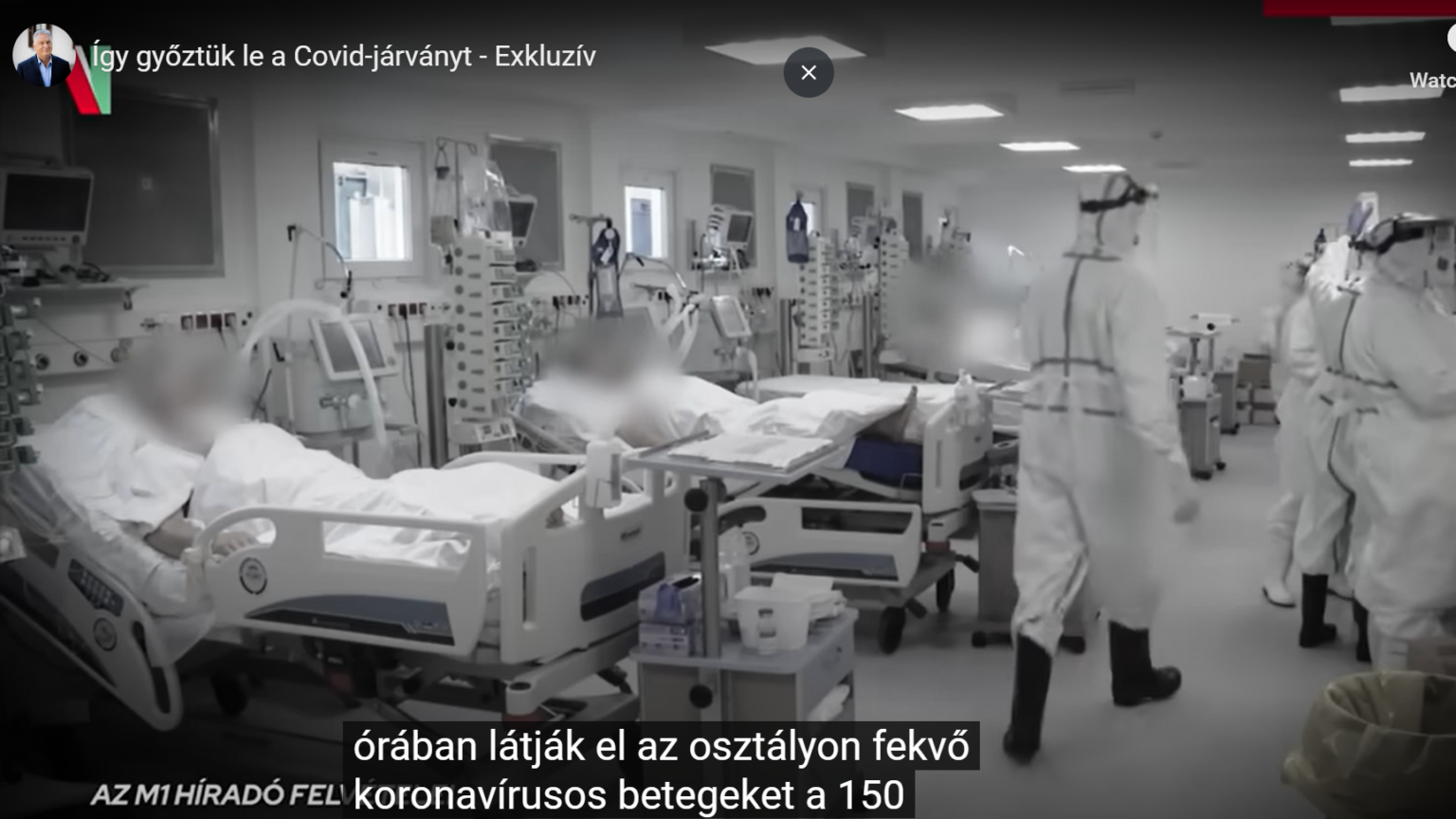
The ‘Family 2025’ conference reaffirmed Hungary’s dedication to family-centric policies as a cornerstone of national stability and development. Hungary’s approach, combining financial incentives with ideological resistance, aims to ensure long-term family prosperity and national sovereignty in an evolving geopolitical landscape.

In an eventful game, Ferencváros ended up beating the Dutch side AZ Alkmaar 4–3, and thus made it out of the UEFA Europa League’s first-ever league phase, finishing 17th out of 36. They will face the Czech Viktoria Plzen in the first knock-out round.

‘Students have moved from being political change agents to being themselves the object of political change. Rather than imposing their ideas on the world, they are to obey edicts from radical lecturers and diversity officers. To accommodate these developments, objective measures of what students know are replaced by more subjective measures of their own personal and psychological development.’

Viktor Orbán underscored the dual nature of film as both an art form and an industry, emphasizing that while artistic freedom is essential, the state plays a crucial role in developing the film sector. Speaking at the inauguration of the National Film Institute’s new studio complex in Fót, he highlighted Hungary’s deep-rooted cinematic heritage and the government’s commitment to revitalizing the industry.

‘One is constantly reminded of Hallstein’s [Stresa] speech when analysing the turbulences of the recent years in Europe’s fields and countryside towns, occasionally bringing the distinct view of columns of tractors and piles of hay to the polished streets and thoroughfares of European capitals. And, out of the several farmers’ movements that have swept the EU since 2022, few dialogue so much with Hallstein as the Polish one.’

The Joint Action on REspiratory Diseases (JARED) initiative by the EU was launched in December 2024, with support from 14 Member States. The Korányi Institute of Pulmonology in Budakeszi, Hungary is the leading institution of the project. The initiative’s kick-off event was held in Budapest on 29 January 2025.

The Liszt Ferenc Academy of Music will celebrate its 150th anniversary with Talent Day on 9 February, offering performances by students, open classes, lectures, and a grand symphonic concert in the evening. The event provides a rare opportunity to explore the academy’s musical excellence.

The 34th National Science and Innovation Olympiad (OTIO) has attracted a record number of participants, with 428 young competitors forming 296 teams, including 17 from beyond Hungary’s borders. Minister for Culture and Innovation Balázs Hankó highlighted the crucial role of innovation in boosting Hungary’s competitiveness.
The Political Director of the Hungarian Prime Minister spoke at the 35th anniversary event for the Hungarian history periodical Rubicon. He discussed the end of the unipolar world order dominated by the United States, the EU in the new world oder and the new Trump administration’s novel approach to geopolitics.

‘Despite the different—and certainly debatable—approaches and priorities in specific policy areas, the fundamental objectives of conservative parties largely align. Public discourse and media representation in the West sometimes portray the self-determined policymaking of conservative governments in a polarized manner, focusing more on potentially divisive issues than on constructive dialogue.’

The University of Szeged (SZTE) is hosting Physics Day once again this Saturday, offering engaging programmes for science enthusiasts. Attendees will discover the vast applications of a physics degree and witness captivating experiments and presentations.

The Tokaj wine region is rising to the challenges posed by climate change and shifting market trends. János Áder, former President of Hungary, discussed these issues with winemaker István Szepsy Jr. in the latest Blue Planet podcast episode.

Hungary’s government reaffirmed its commitment to strengthening ties with China during a Lunar New Year celebration in Budapest.

Hungarian Prime Minister Viktor Orbán reflects on the nation’s resilience and leadership during the COVID-19 pandemic in a newly released documentary. The film chronicles the efforts of government, healthcare, and everyday heroes during one of Hungary’s greatest challenges.

The obituary of László Geréb, who died in 1962, described him as a Marxist literary historian and a researcher of the class struggle. Perhaps by then no one remembered that Geréb, once known as László G. Gerő, used to be a promising Hungarian Jewish Zionist publicist and journalist.

A new television series titled Puskás will explore the most thrilling decade of Hungarian football legend Ferenc Puskás’s life, chronicling his journey from ‘Öcsi’ of Kispest to becoming a global star with Real Madrid during the 1950s.

The latest episode of the Danube Institute’s podcast examines the emerging new world order under a Donald Trump presidency. Hosted by Rod Dreher, the episode features expert predictions on significant shifts in US foreign policy and their broader global implications.

While almost two-thirds of the Danish population were in favour of accession, 70.8 per cent of the citizens of Greenland rejected the idea of belonging to the European Community. The Inuit were reluctant to participate in European integration from the very beginning.

On 8 January European defence industry stock prices rose following Donald Trump’s press conference at Mar-a-Lago, where he declared the ownership and control of Greenland to be ‘an absolute necessity’. This came as a shock for many but in reality, America has been eyeing Greenland for more than a century.

Accomplished actors Mel Gibson, Sylvester Stallone, and Jon Voight will be serving as President Trump’s ‘special envoys’ to Hollywood to bring the film industry back to success. But they are not the only household-name celebrities who support the newly inaugurated President.

One hundred years ago, on 22 January 1925, the first Hungarian crossword puzzle appeared in print. To mark this centennial milestone, the National Association of Puzzle Solvers (ROE) is hosting a grand competition in Budapest, celebrating a legacy of ingenuity.

Across the country and beyond Hungary’s borders, the day is observed through a wide variety of cultural programmes. In Budapest, the National Archives opens its doors to visitors today, showcasing treasures such as the first edition of Kölcsey’s poetry collection, which includes the ‘Himnusz’.

Hungarian Post has released its twelfth and final Chinese Zodiac stamp sheet, celebrating the Year of the Snake. The series, marking 12 years of honouring the Lunar New Year, underscores the enduring friendship between Hungary and China.

President Donald Trump is set to take office for the second time in Washington, D.C. today, 20 January. However, 20 January was not the original inauguration date. In fact, the first inauguration of George Washington was not even held in Washington, D.C. Here’s a brief rundown of the history of presidential inaugurations in the United States.

Aggtelek National Park, Hungary’s first protected area dedicated to geological and karst formations, marks its 40th anniversary in 2025. Throughout the year, special tours, events, and celebrations will showcase its natural wonders and conservation achievements.

The protagonist of the 2024 film The Brutalist is brilliant architect László Toth, who leaves Hungary in the aftermath of the Holocaust to rebuild his life in the United States. While Toth never existed, his character is based on two great Jewish Hungarian pioneer architects: Marcel Breuer and Ernő Goldfinger.

People’s Courts were special judicial bodies in Hungary set up after WWII, operating between February 1945 and 1 April 1950, established primarily for the purpose of prosecuting war criminals. However, they became the controversial instrument of a regime change originally intended to be democratic, sometimes abused to exact personal revenge.

‘After the expulsion of the Turks, Fehérvár could not regain its medieval importance…It was the festive year of St Stephen in 1938 that restored the town to its status as the number one St Stephen’s memorial site. The newly completed ruin garden, the dedication of the royal tomb and, last but not least, the extraordinary session of the Parliament here which legislated the national holiday of 20 August made it a unique year in the life of the city.’

How did a Jewish 1956 revolutionary become an informant in the Kádár regime, even reporting on his own wife? A tragic story with unexpected twists and turns from the era of retaliation after the revolution.

Katalin Karikó received the Nobel Prize in Physiology or Medicine in 2023 for her contributions to developing the COVID-19 vaccination. The great Hungarian American biochemist, who is currently teaching at the University of Szeged in her home country of Hungary, is celebrating her 70th birthday today.